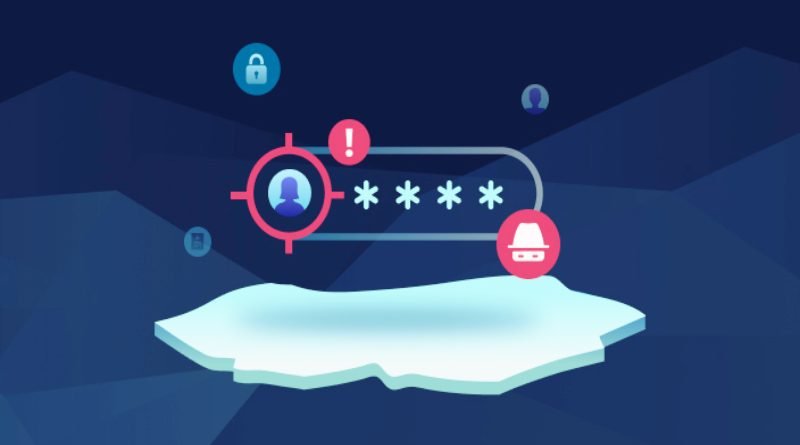What Is a Masquerading Attack and Why Should You Be Concerned?
Cybercriminals keep coming up with creative ways of subverting security measures and causing harm. Masquerading attacks let them infiltrate even the most heavily guarded networks and do as they please, potentially affecting countless lives —and bank accounts.
This article sheds light on these attacks. Read it through to find out what they are, how they work, and what you should be doing to protect yourself.
What Are Masquerading Attacks?
Masquerading or masquerade attacks are a type of intrusion where a hacker gains unauthorized access to a system by impersonating a legitimate user. They’re more effective than other techniques since using someone’s actual credentials is far less likely to set off any internal alarms.
Most masquerading attacks happen from the outside. Hackers use the information they stole or acquired illegally to compromise a network they’re looking to steal information from. However, malicious attackers can also carry out such attacks. All it takes is logging in via an account name and password they shouldn’t be in possession of for it to count as a masquerading attack.
Why Are These Attacks So Dangerous?
The point of a masquerading attack is to get full access to a system. If it succeeds and the hacker gains administrator privileges, they can do whatever they want. A compromised system can be exploited in countless ways, all of which are hard to predict.
Masquerading attacks are responsible for many of the increasingly frequent data breaches plaguing companies worldwide. Such a breach can expose millions of accounts, including each user’s name, (email) address, password, and payment information. The financial consequences alone can be devastating. Think millions of dollars in theft, restitution, legal fees, etc. Reputational damage is much harder to put a price on, not to mention recover from.
Some attacks are subtler or smaller in scope. Since they’re so hard to detect, an intruder can watch over and extract a company’s trade secrets for months or more before being spotted. Others take the ransomware approach and make important files inaccessible unless the victim gives in to the demands.
How Do Masquerading Attacks Happen?
Compromised credentials are the main prerequisite for most masquerading attacks, so the first step is to acquire some.
Phishing is the most common and effective means of doing so. A phishing email or text impersonates a legitimate source, like a higher-up or a vendor. They have an urgent tone and encourage the reader to take action to resolve some problem.
The “solution” is to click a link leading to a website designed to harvest their login info. If the sender is good enough, the site will look like a convincing copy and fool the victim into filling a form out with their credentials.
With these in hand, the hacker can gain access to an individual’s computer or a company network. They’ll want the highest possible security clearance in case of the latter. The provided credentials might not be enough if they don’t have all the necessary access privileges. In that case, the attacker may scrape the system they do have access to for password hashes that grant higher clearance.
This is what happened to the Target Corporation. The attackers got hold of a vendor account first. They used the initial credentials to expose password hashes & travel up the chain of authority. They eventually stole more than 40 million financial records and compromised 70 million accounts.
While inside, hackers will use different means to execute their attacks & mask their presence. For example, they may rename malware as important files or processes to mask it. Or, they may place such files inside directories detection methods usually don’t check.
Some hackers might linger and tamper with the system over time. Others will gain access, do what they came to do, and leave before detection. They may also create a backdoor that will make future access even easier.
How to Protect Yourself from Masquerading Attacks?
Organizations can protect themselves by educating their employees, implementing measures like digital signatures, and requiring strong passwords backed by MFA. Individuals benefit from the same measures but should also consider incorporating the essential VPN features into their online security strategy.
Hackers don’t even need phishing to find your login details if you share them haphazardly. Public Wi-Fi is particularly risky since it lacks home & cellular network safeguards. It’s easy to hijack the connection and wait for unsuspecting people to expose their passwords by typing them in.
The encryption of a VPN scrambles any information you exchange with the internet, making it inaccessible. Not all VPNs are equally effective or trustworthy. Free ones are slow and may not offer the claimed privacy and security.
Make sure that the VPN you end up with uses the best encryption and maintains good uptimes. The company should be transparent and in high regard by users. Their customer service needs to be excellent, and their pricing should be reasonable. A VPN comparison table created by a Reddit user can assist you in comparing the mentioned metrics.
Conclusion
Masquerading as others is a potentially disastrous cyberattack that will likely become even more widespread and insidious. Now that you know more about how they operate, you can protect yourself from such attacks more effectively.
Also visit Digital Global Times for more quality informative content.

